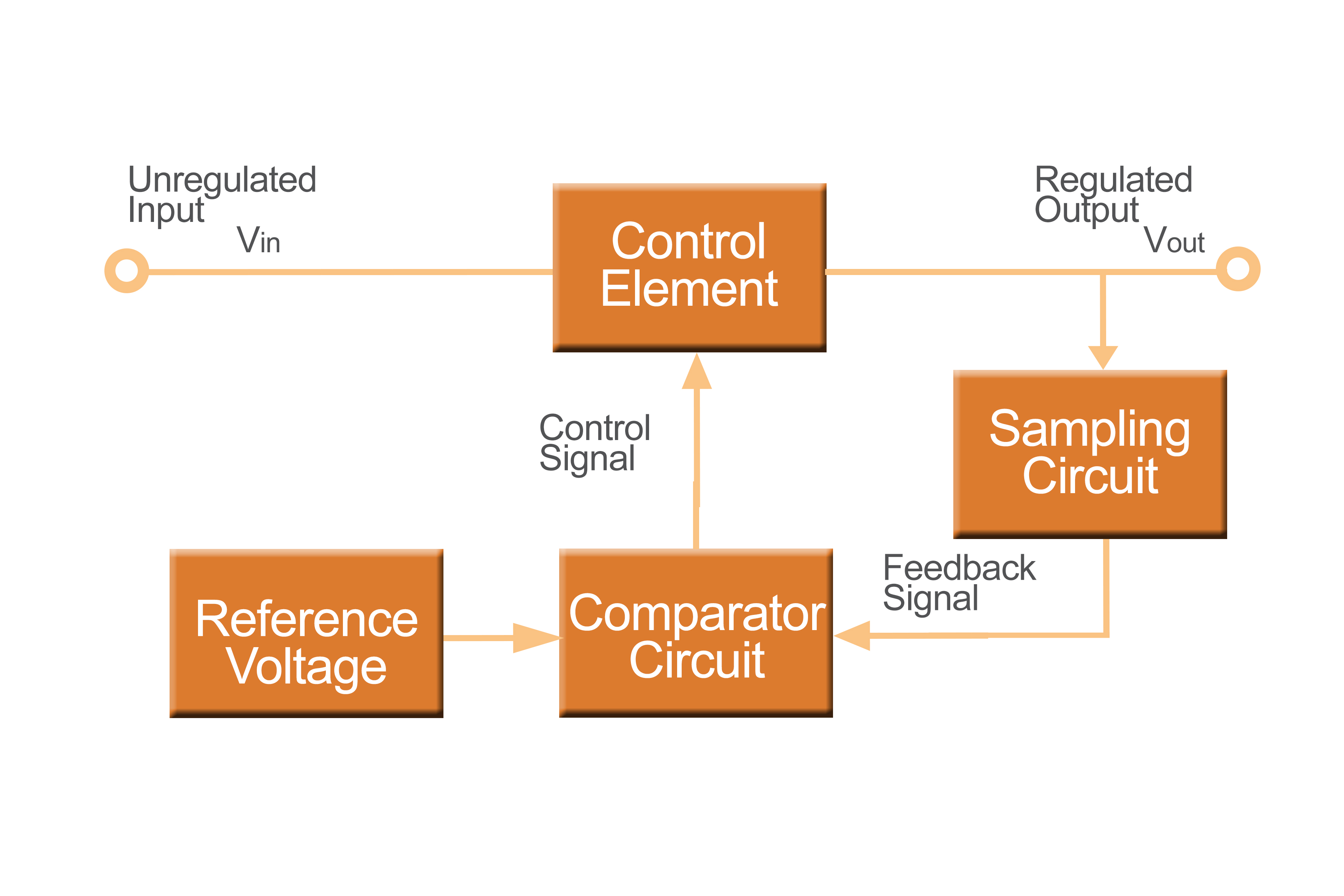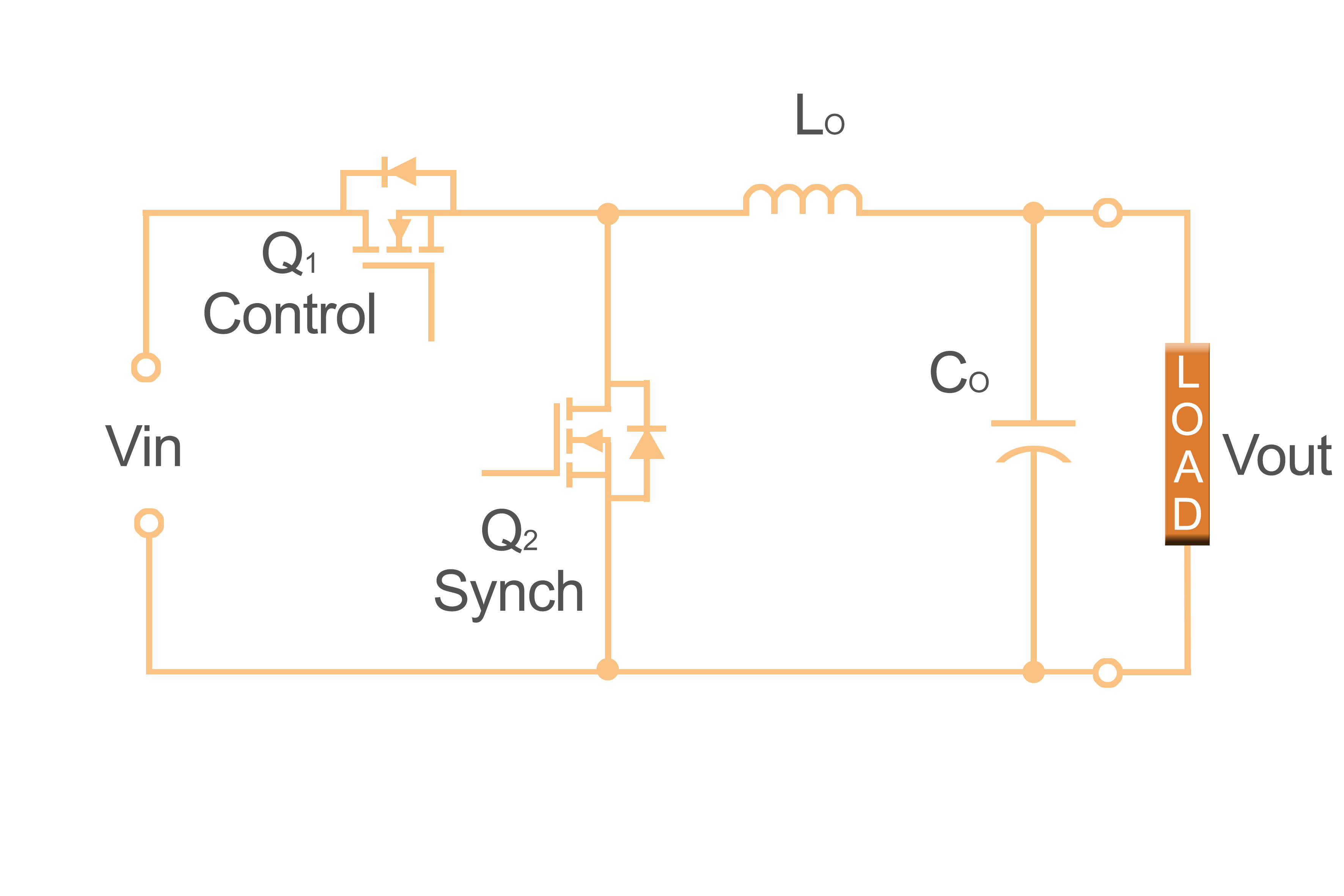Digital flexes muscle to adapt for next gen
A panel discussion, Developing the Next Generation of Power Supplies at PCIM Europe looks at what is needed next and how this can be achieved.
Digital power provides the ability to upgrade and modify power system designs through software changes rather than costly, hardware redesign.
The power needs of a system are often an after-thought in the design process. Even if the requirements are specified at the outset, changes during the development cycle are common, e.g. the need to cope with a higher load current, or to add an extra voltage rail. With traditional analogue supplies, this would typically require extensive redesign of the power system. Digital power both simplifies and speeds up power system design, which makes it easier and quicker to respond to changing requirements. Digital control additionally provides power management capabilities, which would otherwise require additional components. It also enables system-wide software control of power that brings additional benefits in performance and efficiency. All of this is potentially negated however, if digital supplies from different vendors do not perform in a predictable way, in response to common software instructions.
Stay one step ahead
The features, specifications and performance of key system components, like microcontrollers, ASICs, FPGAs and other digital logic devices, advance at an ever-faster pace. With this evolution comes changing requirements, such as lower core voltages, additional supply rails and more critical timing specifications. This in turn demands a power system that can adapt and respond to these needs throughout the life-cycle of a product, allowing for revisions, enhancement and upgrades.
Powering simple systems may only require a single supply that regulates a source voltage to provide the desired DC voltage needed to power all of its circuits. If the source is an AC line input then converting this to DC may use a conventional linear circuit, comprising a step-down transformer, rectifier and smoothing filter or, more typically these days, a switching power supply. The latter first rectifies the AC source and then switches it, using pulse width modulation (PWM), to produce a high frequency (HF) waveform that can be stepped down with a much smaller transformer and rectifier to achieve the required DC output. Either way, regulation entails sensing the output voltage, comparing it to a reference and using the resulting difference signal to drive the control element, which is most likely a power transistor or MOSFET (see Figure 1). In the case of a switching supply, the comparator drives the PWM modulator and, in turn, the control element, with the HF transformer and rectifier forming part of the feedback loop.
 Figure 1: Block schematic showing the principle of a series-pass voltage regulator
Figure 1: Block schematic showing the principle of a series-pass voltage regulator
More complex systems may require multiple output voltages and entail several power conversion stages. For example, a distributed power architecture might convert from AC to a higher DC voltage, say 48V, to supply a rack of equipment. Within the rack, a DC/DC converter could drop this voltage to 12V to power each circuit board, after which multiple DC/DC converters would be used at the point of load (PoL) to supply the different voltages required by individual devices.
Regardless of whether power needs are simple or complex, what characterises the approaches described so far is that the solution is intrinsically analogue in nature, especially with regard to the feedback path and how this operates in regulating the final output voltage.
The digital difference
In an analogue supply, the sampling of the output voltage (often using a resistive divider) is a continuous process that constantly adjusts the control element. Correctly designed, this will provide excellent transient response and ensure stable operation under normal operating conditions. By contrast, digital control, uses an ADC to sample the output voltage and then processes that information before converting it back to an analogue signal, using a DAC. This can take time to respond and may fail to meet system transient performance requirements.
Today, dedicated digital power controllers integrate high-speed ADCs and DACs, and possess sufficient processing power to not only meet transient response and stability criteria but also perform additional supervisory and management tasks. These can include monitoring and reporting supply voltages and currents, and other system conditions, such as temperature. This ability can be used to provide enhanced protection features by detecting or anticipating faults, with the potential to take corrective action, e.g. by controlling cooling fans or disconnecting a short-circuited output.
Digital controllers readily enable the power-up and power-down sequencing of multiple supply rails. Furthermore, their ability to be reprogrammed by system-level commands allows sequencing updates to be implemented in firmware rather than requiring circuit board wiring or component changes. Equally, software can be used to actively control output voltages, either to support the dynamic voltage adjustment (also known as adaptive voltage scaling, or AVS) that modern processors offer in order to decrease power consumption, or to ease the task of updating designs to take advantage of newer components that may have different supply requirements.
Efficiency improvements
A particular advantage of digital power is enabling significant efficiency improvements. This is key to both reducing energy consumption, but also enabling the increased density demanded by the latest system designs. Equipment operating temperature limits may be compromised by heat generated by inefficient power supplies.
 Figure 2: The FET switching elements in a synchronous buck converter
Figure 2: The FET switching elements in a synchronous buck converter
At the individual supply level, the sources of power loss in an analogue power converter, which result in heat dissipation and consequently reduced efficiency, arise primarily from the switching components. For example, in the typical synchronous buck converter circuit shown in Figure 2, power is lost when either of the FETs is conducting due to their non zero on resistance. Losses also occur during switching as a consequence of imperfect switch timing. This can be from cross conduction, when both FETs are on simultaneously, and from body diode conduction, when both are off at the same time. Digital controllers can alleviate this problem and achieve a one or two per cent improvement in efficiency, simply through more optimum switch timing that reduces the dead time during which both FETs are on or off together.
Even greater efficiency gains can be achieved in systems with distributed power architectures. Here, the concept of software defined power (SDP) allows a host processor to respond to changing load conditions and adjust the intermediate bus and PoL output voltages to optimise operating efficiencies at each stage of power conversion. This ability to extend the feedback loop beyond an individual power supply is just one benefit of SDP, which can also help improve other performance metrics, such as reliability and uptime.
Sourcing and compatibility
The wider uptake of digital power requires solutions that provide form, fit and function compatibility across products from various sources. The benefits of software control can only be realised if all supplies respond to the same instructions in the same way. In part this has been addressed through the PMBus specification that provides a common language for configuring, controlling and monitoring digital power supplies. However, despite this apparent standardisation, not all digital power modules behave in the same way in response to the same PMBus commands.
This is something a number of leading power supply manufacturers found unacceptable, resulting in the formation of the AMP Group (Architects of Modern Power) by CUI, Ericsson Power Modules and Murata in 2014. The Group’s aim is to establish specifications for various PoL and intermediate bus converters that would simplify the design-in and electrical and mechanical interchangeability of digital power modules by ensuring this essential software compatibility.
Today, AMP Group members are delivering products across a range of power ratings that ensure comparable modules from any of the member companies are “plug-n-play” compatible.
Digital power offers flexibility in terms of being able to modify designs through firmware rather than making costly hardware changes. Software control also offers broader system-wide benefits including the potential for significant efficiency improvements.
The AMP Group provides a way forward with standards for digital power modules that ensure common footprints and form factors, and software compatibility. With equivalent units available from more than one supplier, the Group’s suppliers offer a reassuring second-source capability.
Author, Mark Adams is senior vice president, CUI and spokesperson for the AMP Group.
A panel discussion, Developing the Next Generation of Power Supplies, will be held on Tuesday 16 May 12.15 to 13.15 at the Industry Forum, located in Hall 6 -143. Panel members include Littelfuse, Murata, Ericsson, CUI and Efficient Power Conversion (EPC).










